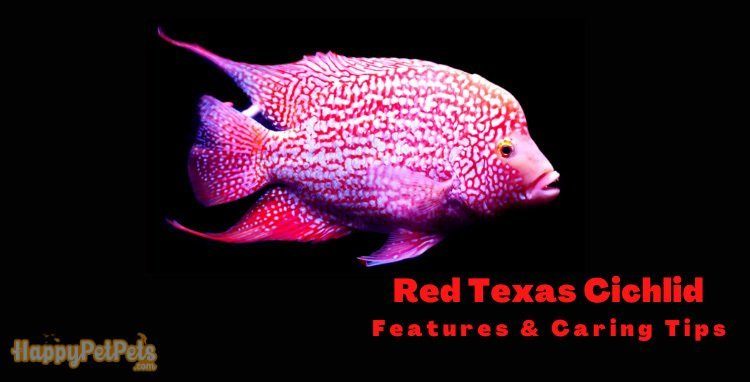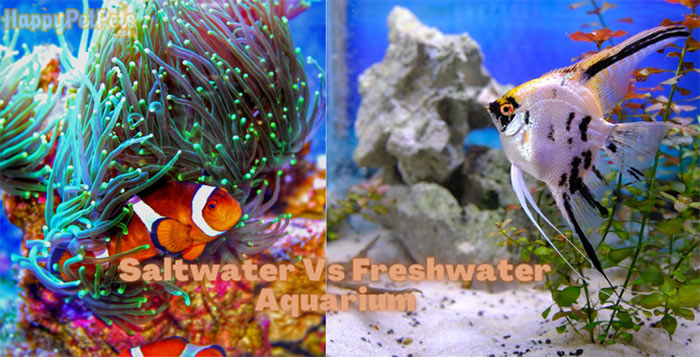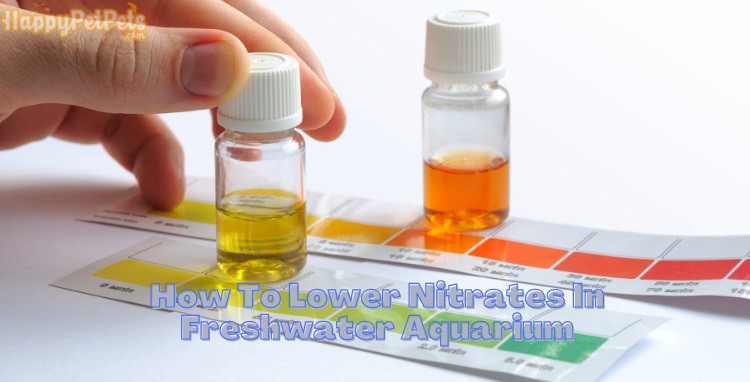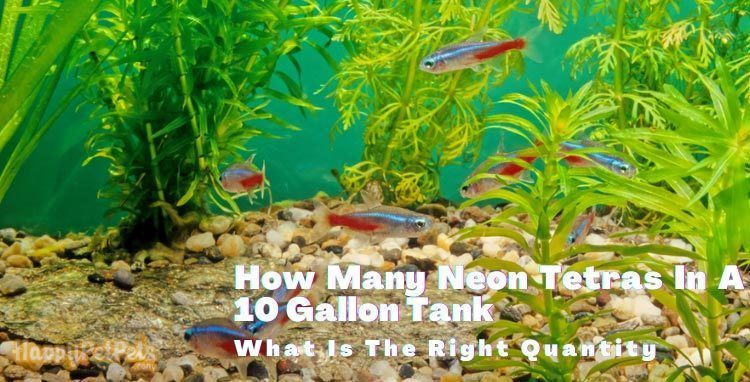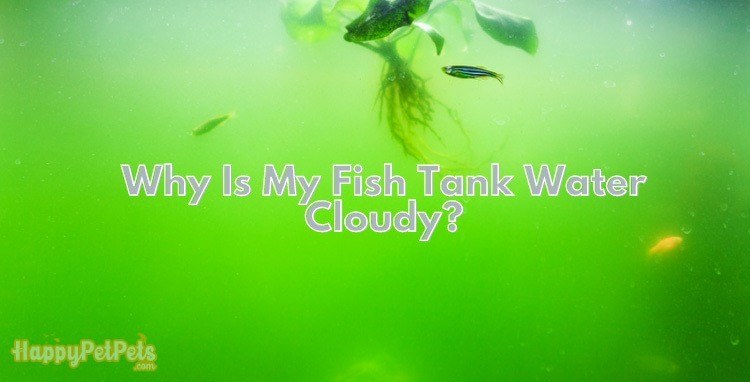Red Texas Cichlids are fascinating fish with their stunning look. For aquarists who want to take their hobby to the next level, those fish’s size, temperament, and gorgeous appearance make them an excellent choice.
However, you should also pay attention to the aquarium setup for the flawless development of your pets.
This article will explain the outstanding characteristics of Red Texas Cichlids. We also share with you some tips for taking care of them. Let’s read on!
What Is Red Texas Cichlid?
Despite their name, Red Texas Cichlids are not genuine Texas Cichlids. Those fish are intergeneric hybrids, which means a cross between the regular Texas Cichlid with another Central American fish species.
Unlike its purebred cousins, the Red Texas Cichlid is a hybrid but has no scientific name. Their care requirements and behaviors, on the other hand, are pretty similar to those of the normal Texas Cichlid.
Texas Cichlid appearance

Red Texas Cichlids are famous for their glimmering white dots
Red Cichlids have a very distinct appearance from typical specimens. A vivid red hue on their body serves as the foundation for the whole attraction. Their glimmering dots are often white. You may notice some black accents too.
Red Texas Cichlid size
Red Texas Cichlid grows to a length of about 12 inches when they’re fully mature. As a result, these fish have a striking appearance.
If you buy this species from a store, it’s typically only a few inches in length. However, because of their rapid growth rate, they won’t remain this size for so long!
Red Texas Cichlid Care
Caring for Red Texas Cichlids is not an easy task. These spices require well-maintained environments and enough space to grow. Here are some essential factors you should bear in mind to raise the Cichlids.
Red Texas Cichlid size
Make sure it has a spacious habitat to get the most out of your Red Texas Cichlid’s life. Large adult sizes and rapid development rates mean that tiny tanks are no fit for these fish.
It’s best to keep a Texas Cichlid in a 55 gallon tank. You should purchase an aquarium with a minimum capacity of 125 gallons when you plan to maintain your fish in a group.
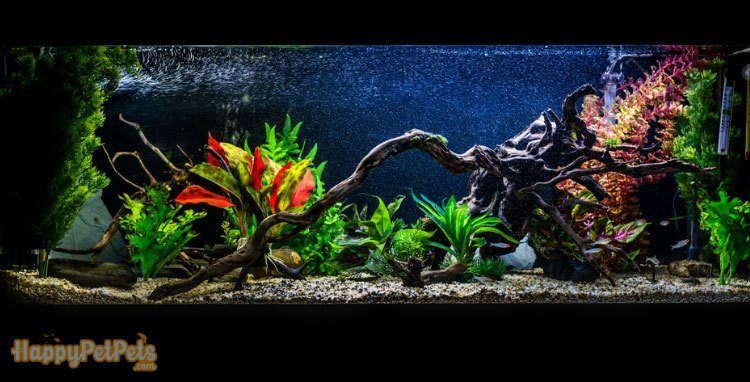
A 55-gallon tank is ideal for your fish
Red Texas Cichlid water setup
Red Texas Cichlids will flourish as tropical fish. The lakes and rivers in which they live seldom freeze over. In addition to soft, acidic water, they also need to live in a salty setting.
To maintain the health of your fish, you need to recreate these circumstances as closely as possible. Your fish can endure a few changes. You should, however, remain within the following allowed limits.
- Water temperature should stay between 68°F and 74°F.
- pH in aquarium should be 6.5 to 7.5.
- Water hardness of 5 to 12 KH is the best.
Tank setup
Texas Cichlid tank construction may be challenging. Natural habitats with plenty of vegetation and cover are best for this fish.
Fine gravel and sand can cover the tank’s bottom well. This type of sand is popular because it is similar to the sand found at the bottom of rivers. It’s also healthier for the fish to dig.
Then, put some plants to make it more interesting. You may add some diversity by using floating and rooted plants.
To provide hiding places for the fish, place some driftwood too. This addition will allow them to get some privacy when they need it.
An aquarium water heater and filter are also necessary for your setup. You can consider the submersible heaters or aquarium under gravel filters for the best result.
Red Texas Cichlid breeding
It’s not complicated to raise Super Red Texas Cichlids’ breeding. Precautions are necessary to ensure a seamless transition. When they’re spawning, these fish might be much more violent.
It would be best to create a distinct breeding habitat in a 75-gallon fish pond by separating the fish.
This aquarium should have identical temperatures, a balanced pH level, and medium-hard hardness to the previous tank. Remember to lay a flat rock on a bed of soft sand at the bottom too.
Adults Texas Cichlids, when living together, will spontaneously form pairs. Fish owners can make their selection of the best breeding couple and place them in the breeding pond.
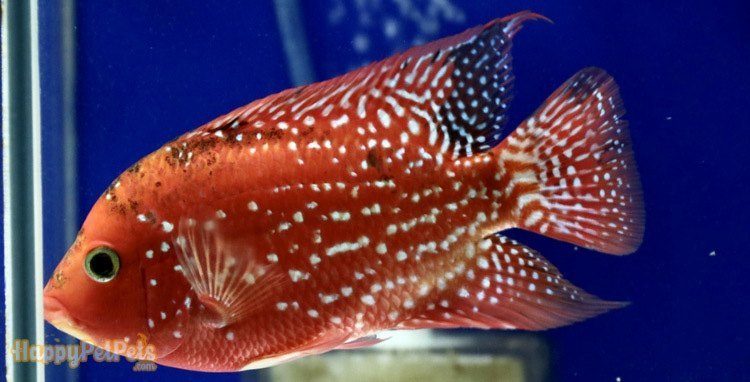
Red Texas Cichlids will spontaneously form pairs
Each kind of fish has its own ritual when it’s time to breed. The couple will next prepare a nesting place by washing and arranging the space for laying eggs.
Alternatively, they might dig a hole in the substrate or utilize flat rock. On average, Red Texas Cichlids may lay from 500 to 1,000 eggs.
Learn more tips to set up a tank for breeding Red Texas Cichlid via this video.
Red Texas Cichlid tank mates
Texas Cichlids may survive on their own without any help. As a result, if your aquarium is on the shorter side, you will want to raise them separately.
On the other hand, similar-sized species that can carry their own in an aquarium are the ideal Texas Cichlid tank buddies. It also includes other organisms that are very big and violent or semi-violent.
These tankmates, such as Jack Dempsey Fish and Silver Dollar, are great for creating a multi-species aquarium. Besides, Tambaqui and Tinfoil Barbs can also co-exist with the Red Texas Cichlids.
Conclusion
We have shared with you some necessary information about Red Texas Cichlid. The care of Texas Cichlids might be challenging at first, but it becomes more straightforward as you get more familiar with its needs.
If you need any further information, please feel free to ask. Hopefully, you will find this article helpful. Thank you for reading!
References
- https://coolfish.network/breeding-super-red-texas-cichlids/
- https://www.fishlaboratory.com/fish/red-texas-cichlid/
- https://azgardens.com/product/red-texas-flowerhorn-cichlid/
- https://www.aquariumsource.com/texas-cichlid/
- https://www.caringforyourcrayfishbuddies.com/red-texas-cichlids/
Related keywords: red texas flowerhorn, super red texas flowerhorn, super red texas cichlid for sale, cichlid fish care tips, how big do texas cichlids get
Similar Posts:https://happypetpets.com/category/aquariums-accessories/fish-tanks/
Source: https://happypetpets.com/

